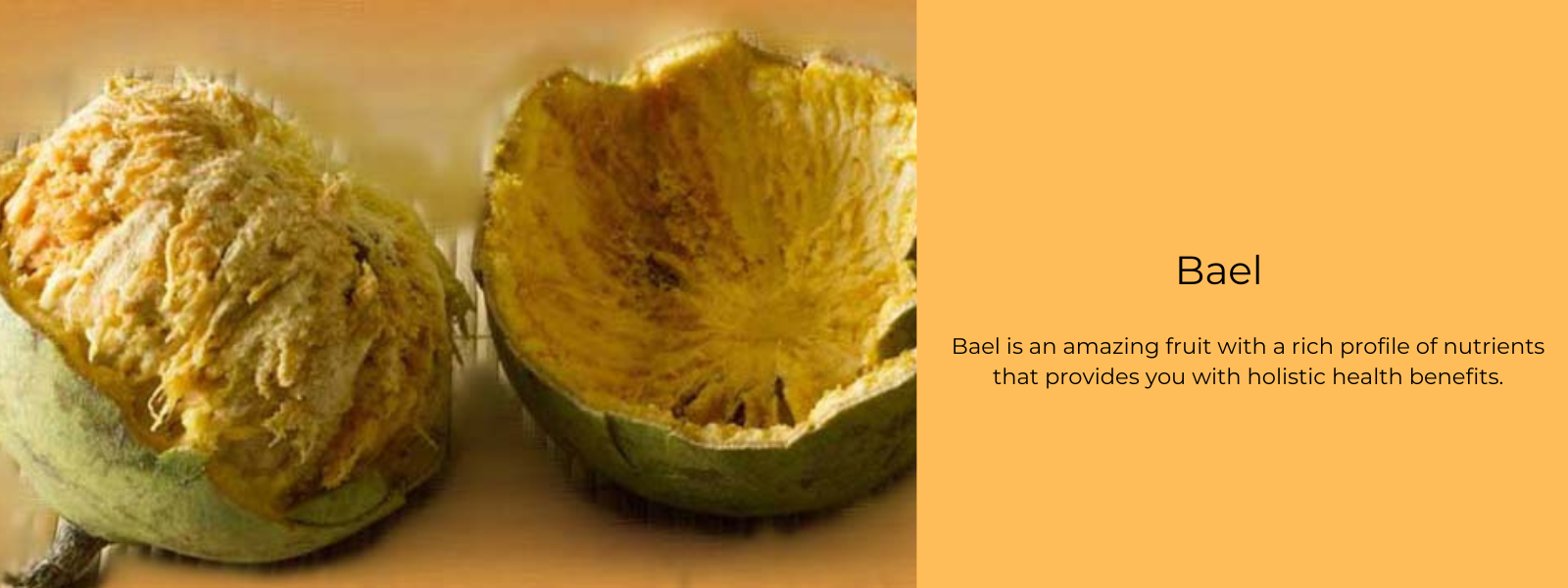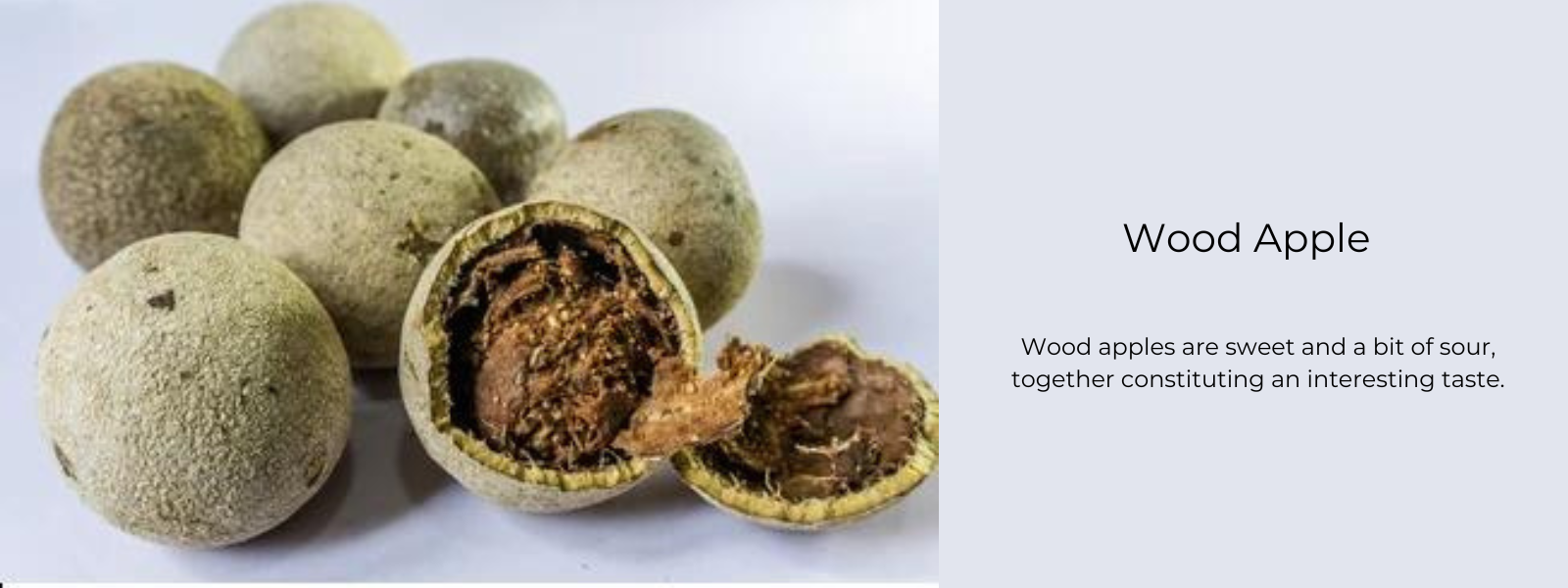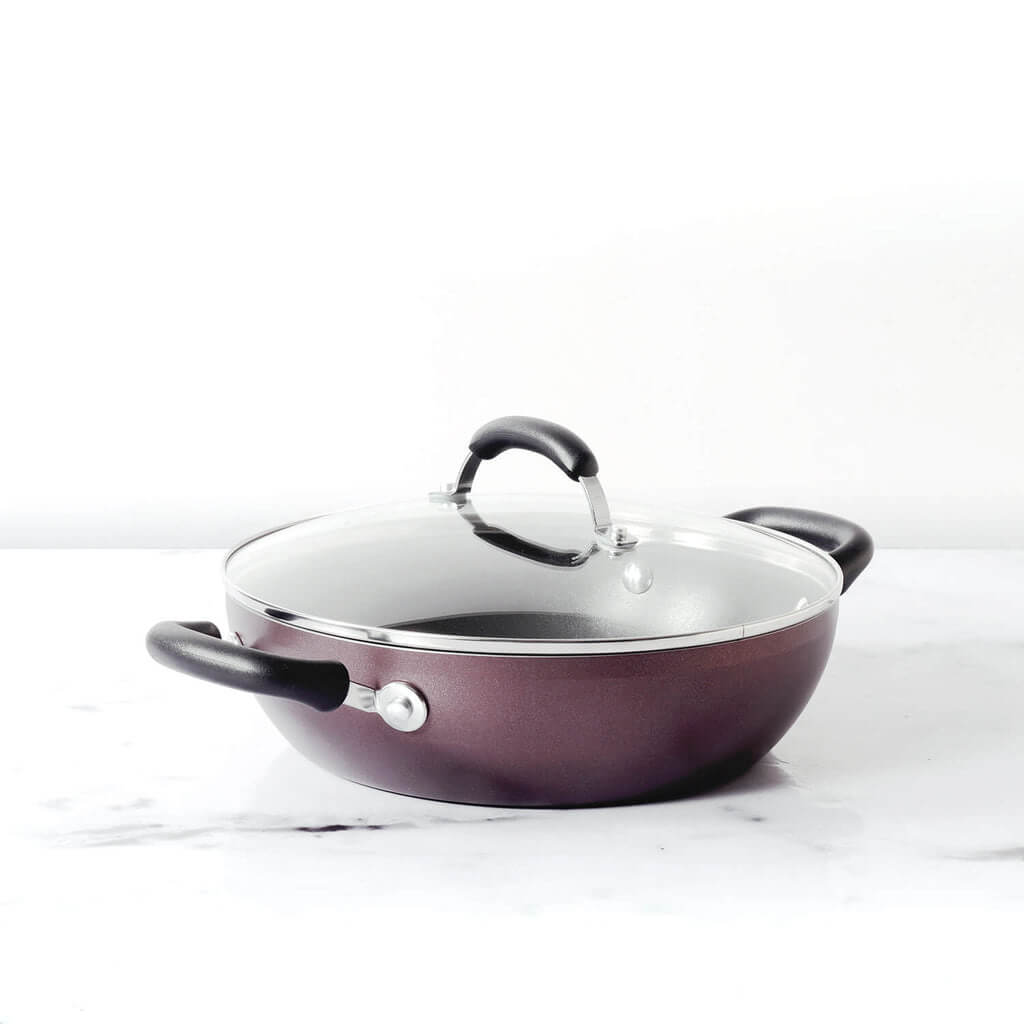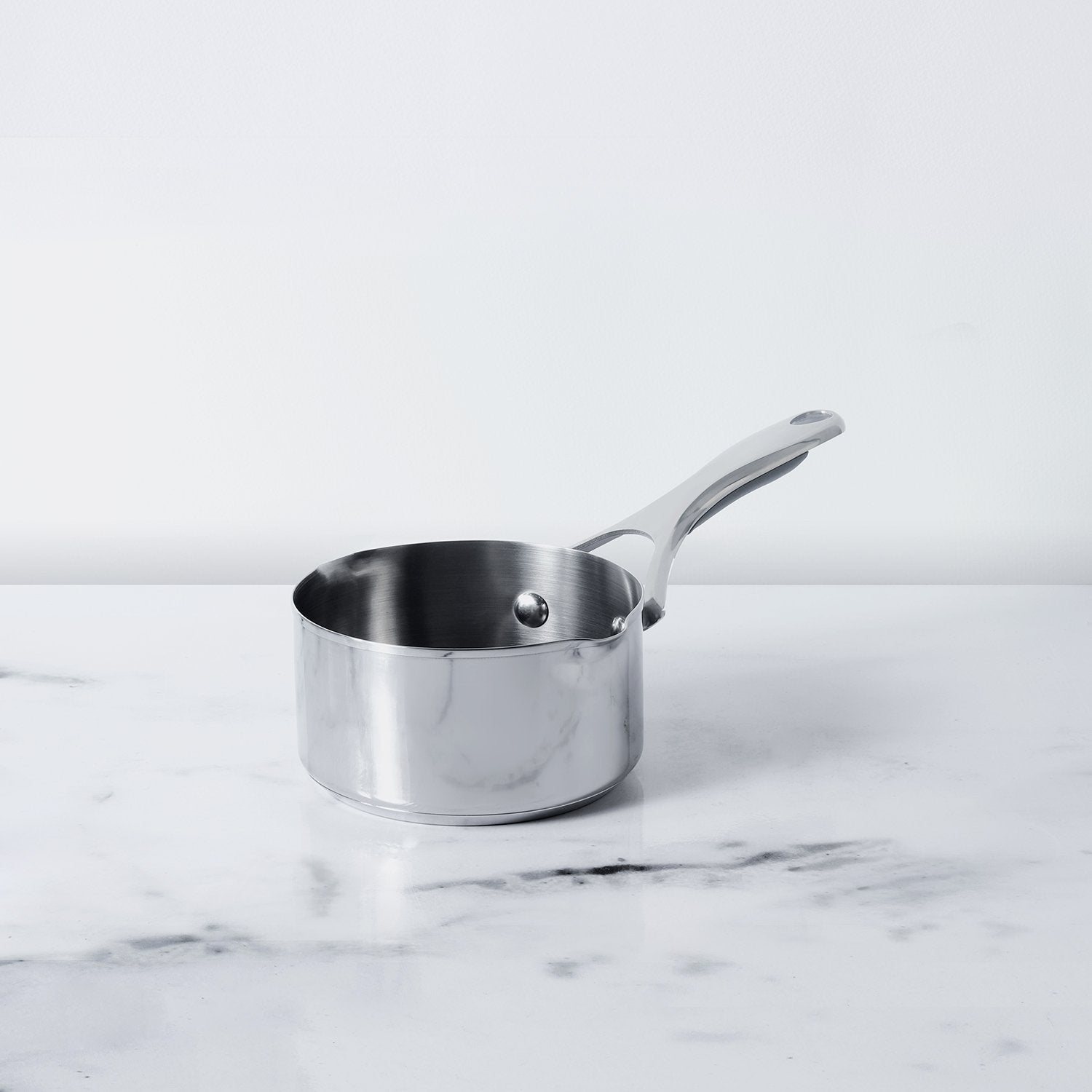There are numerous health advantages of the Kaitha fruit, which is frequently mistaken for Bel. With North Indian savoury foods like Kachoris, Samosas, Aloo Tikki, and Chaat, Kaitha fruit chutney works nicely as a complement. There are two varieties of Kaitha Fruit; the larger, more common variety and a smaller variety known for its acidic nature.
Table of Contents
- Nutritional Value:
- Other names:
- Availability:
- Flavour:
- Health Benefits:
- Treatment of diarrhoea, cholera, haemorrhoids, vitiligo:
- Minimises gastric ulcer:
- Antimicrobial quality:
- Treats scurvy:
- Regulates cholesterol:
- Alleviates respiratory issues:
- Anti-inflammatory:
- Treats Heart ailments:
- Regulates diabetes:
- Precautions:
Nutritional Value:
Beta-carotene, which is a powerful antioxidant and the body's main source of vitamin A, is found in abundance in Kaitha Fruit and helps to protect against macular degeneration and enhance skin complexion. Aside from being a high source of vitamin C, the fruits are also a good source of riboflavin, calcium, iron, and phosphorus. In Ayurvedic medicine, wood apples are considered cooling, purifying fruits that can assist to improve digestion and cleanse the liver and kidneys. As a throat soother and aid in the recovery of bug bites and stings, the fruits are also said to possess antibacterial qualities.
Other names:
The local names of this fruit are ‘Kaitha‘ in Hindi, ‘Maredu Pandu‘ in Telugu, ‘Vilam Palam‘ in Tamil, ‘Belada Hannu‘ in Kannada, ‘Koovalam‘ in Malayalam, ‘Kothu‘ in Gujarati, ‘Kavath‘ in Marathi and ‘Koth Bel‘ in Bengali.
Availability:
Kaitha fruit is available in the late summer through winter or post-monsoon season in Asia.
Flavour:
Kaitha fruit has a sour, foul flavour that pairs well with a little sweetness in desserts or, for savoury dishes, with toasty spices.
Health Benefits:
Treatment of diarrhoea, cholera, haemorrhoids, vitiligo:
Kaitha Fruit aids in the treatment of cholera and diarrhoea. Chronic diarrhoea is treated using the fruit's dry powder. Haemorrhoids and vitiligo can be efficiently treated with the extract of unripe bael fruit. Additionally, it is used to treat ear, eye, and anaemia issues. In the past, cracked bones were treated using a mixture of dried raw bael powder, turmeric, and ghee.
Minimises gastric ulcer:
Certain phenolic compounds found in Kaitha fruit that contain antioxidants aid in the treatment of stomach ulcers, notably gastroduodenal ulcers. The imbalance in the stomach's acidic level is what leads to this particular type of ulcer.
Antimicrobial quality:
Researchers have established that the kaitha fruit extract possesses antibacterial properties. Additionally, it possesses anti-viral and anti-fungal characteristics that aid in the treatment of many bodily illnesses.
Treats scurvy:
Vitamin C shortage leads to scurvy illness, which affects the blood vessels. When added to the diet, bael, a rich source of vitamins, can treat this illness.
Regulates cholesterol:
The extract of Kaitha leaf is also highly therapeutic since its extract can be used to lower blood cholesterol levels.
Alleviates respiratory issues:
The Kaitha oil extracts can be used to treat respiratory conditions like asthma and the common cold. When applied to the scalp before to a head bath, this oil can additionally offer resistance to cold.
Anti-inflammatory:
When Kaitha extract is administered to the irritated area, inflammation can be swiftly treated.
Treats Heart ailments:
Heart problems can be prevented by adding ripe kaitha fruit juice and ghee to your daily diet. This is a time-tested approach that has been used for centuries to treat conditions including heart attacks and strokes.
Regulates diabetes:
Since Kaitha contains a lot of laxatives, it helps regulate blood sugar levels. This is because it gives the pancreas the energy it needs to create enough insulin to regulate blood sugar levels.
Precautions:
- Constipation and stomach irritation might result from consuming too much Kaitha fruit.
- Pregnant ladies may experience danger from Kaitha fruit. When pregnant, stay away from it.











Leave a comment